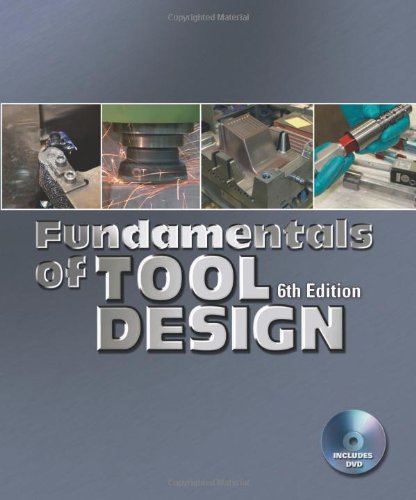

Most ebook files are in PDF format, so you can easily read them using various software such as Foxit Reader or directly on the Google Chrome browser.
Some ebook files are released by publishers in other formats such as .awz, .mobi, .epub, .fb2, etc. You may need to install specific software to read these formats on mobile/PC, such as Calibre.
Please read the tutorial at this link: https://ebookbell.com/faq
We offer FREE conversion to the popular formats you request; however, this may take some time. Therefore, right after payment, please email us, and we will try to provide the service as quickly as possible.
For some exceptional file formats or broken links (if any), please refrain from opening any disputes. Instead, email us first, and we will try to assist within a maximum of 6 hours.
EbookBell Team

4.8
24 reviewsFully illustrated, readers will find practical design examples, cost analysis calculations, process data, operating parameters, and tips and techniques--all of the concrete knowledge needed to spark innovation and resolve complex tooling challenges.
Among the updates to the Sixth Edition, you'll find updated and expanded tool designer objectives and responsibilities, a designer's guide to machine tools, revised tool material, mechanical definitions and reference tables, expanded broaching examples and concepts, new sections on part location and support, expanded bushing applications, and revised GD&T information to include ASME Y14.5-2009. New appendices provide sources for tool design components, related web sites and search engines, and handy GD&T reference charts. Expanded learning resources include how to use the nine DVDs of the Fundamentals of Tool Design Video series to complement your study. A sample DVD, which includes video clips from the series, is included with the book. Additional review questions are located at the end of chapters.
Table of Contents
* General Tool Design
* Materials Used for Tooling
* Cutting Tool Design
* Workholding Concepts
* Jig Design
* Fixture Design
* Power Presses
* Die Design and Operation
* Inspection and Gage Design
* Tool Design for Joining Processes
* Modular and Automated Tool Handling
* Computer Applications in Tool Design
* Geometric Dimensioning and Tolerancing